
The landscape of adolescent identity is continuously evolving, and one of the most profound shifts observed in recent decades is the significant increase in the number of young people presenting with gender dysphoria. This development, which has attracted considerable public and scientific attention, prompts a more in – depth inquiry into the underlying factors and broader societal implications. Understanding this complex phenomenon necessitates a comprehensive examination of the intricate interplay among biological, psychological, and social elements that shape gender identity.
For many years, discussions about gender identity and dysphoria were largely restricted to specialized medical and psychological circles. However, the remarkable rise in referrals to gender identity clinics, especially among teenagers, has thrust this topic into the spotlight, challenging existing frameworks and requiring a nuanced analysis. It is a subject that calls for rigorous fact – verification, reliance on expert sources, and an unwavering commitment to accuracy, aiming to present multiple perspectives without oversimplification.
This article aims to offer an in – depth exploration of the current understanding regarding the increase in transgender referrals among adolescents. We will probe into the fundamental development of gender identity, differentiate it from gender – atypical behaviors, trace the historical comprehension of gender dysphoria, and analyze the significant changes observed in recent years. By placing data in a human context, we seek to shed light on the real – world implications of these trends and research findings.

1. **The Foundation of Gender Identity in Childhood**: The development of gender identity commences remarkably early, with children aged approximately two to three years beginning to acquire a sense of biological gender. They are capable of labeling pictures of boys and girls in accordance with typical heteronormative presentations, indicating an initial understanding of the self in relation to gender.
By the age of four, this understanding deepens substantially. Boys identify the penis as the defining characteristic of biological maleness, and girls comprehend that its absence denotes biological femaleness. Children also grasp the stability of biological gender, recognizing that it remains invariant over time. However, their assessment of gender in pictures of clothed children is significantly influenced by appearance until approximately the age of seven.
By the age of seven, children fully comprehend three interrelated concepts: biological sex, self – perceived gender identity, and social gender identity. They are aware that they and others are biologically male or female, possess an internal sense of gender, and are externally perceived based on appearance. As they progress towards maturity, they acknowledge that hormones and surgery can modify certain biological sex characteristics, and that both self – perceived and social gender identity may undergo change.
Read more about: Building Resilience Early: Important Talks About Life and Feelings Before Your Daughter Turns 13
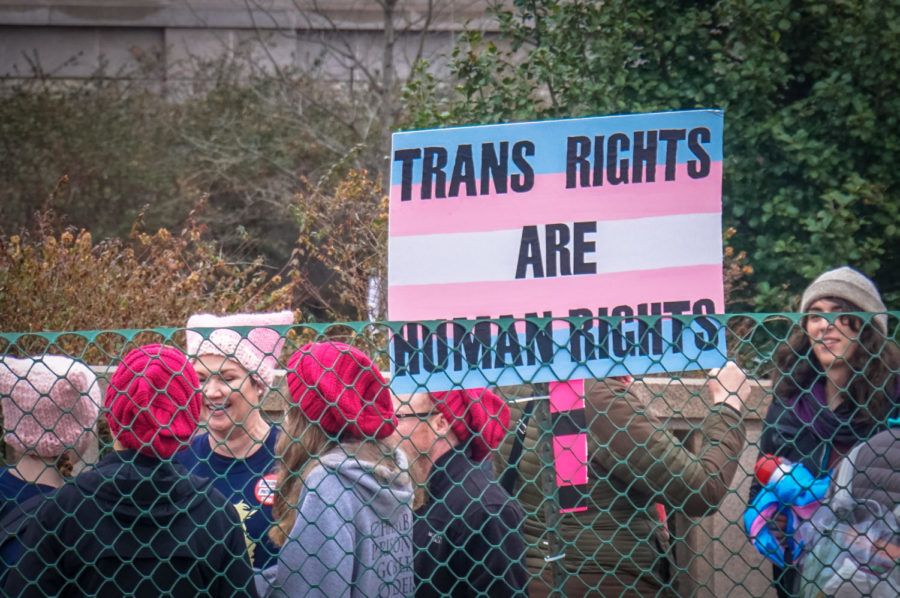
2. **Distinguishing Gender Identity from Gender-Atypical Behavior**: It is of paramount importance to distinguish a child’s innate gender identity from gender – atypical behavior. Gender identity constitutes an individual’s profound sense of being male, female, or another gender, whereas gender – atypical behavior pertains to actions or interests that deviate from typical societal gender norms.
Gender – atypical behavior is by no means rare. A study identified approximately 2.2% of 3.5 – year – old boys and girls who exhibited extreme gender – atypical behavior. This suggests that a substantial number of children may flout gender stereotypes without experiencing internal discomfort or dysphoria regarding their assigned gender.
The pivotal distinction lies in the presence of gender dysphoria—a profound sense of distress arising from a discrepancy between assigned gender and self – perceived identity. While gender – atypical behavior may manifest without dysphoria, the latter is central to a transgender identity. The incidence of severe gender dysphoria necessitating medical intervention is significantly lower, in stark contrast to the prevalence of gender – atypical behavior.
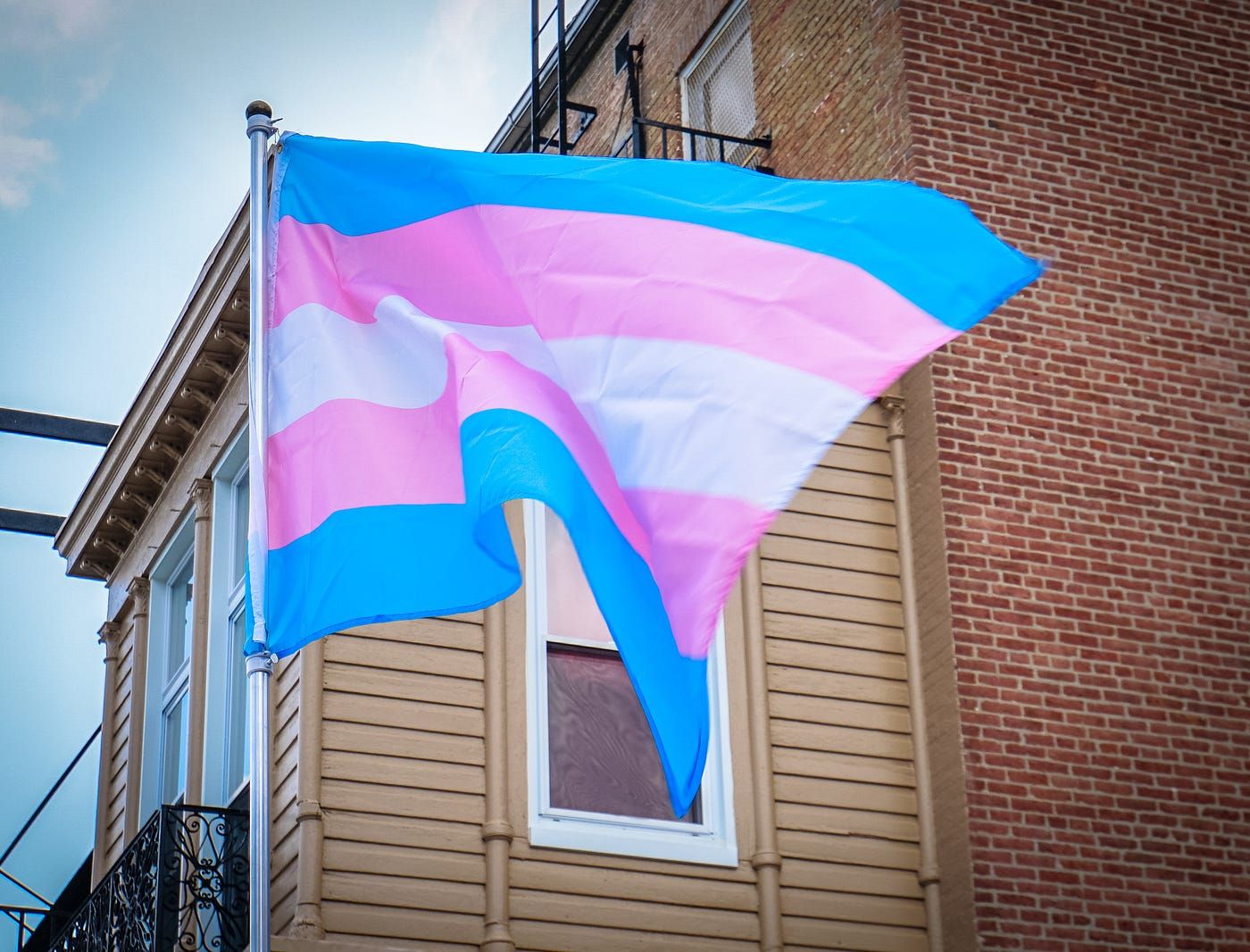
3. **Early Awareness of Gender Dysphoria: Autobiographical Accounts**: For certain individuals, a profound sense of incongruity between their physical body and internal gender identity manifests at an extremely early stage, frequently presenting as gender dysphoria. These disconcerting emotions can persist throughout their formative years and extend into later life. Autobiographical narratives provide profound insights into these intensely personal, lived experiences.
Jan Morris, in Conundrum, vividly depicts her initial awareness of gender dysphoria around the age of three or four. She came to realize that she had “been born into the wrong body and ought to truly be a girl,” an earliest recollection that underscored a persistent sense of discomfort. This perception of mismatch persisted through her childhood, adolescence, and early adulthood.
Morris’s narrative elucidates the deep – rooted and enduring nature of these emotions. She prayed, “Please God, make me a girl,” even while assuming a male role. Her gender dysphoria only found resolution following gender reassignment surgery in her late thirties. Such accounts are of paramount importance for understanding that for some individuals, this incongruity constitutes a profound and consistent aspect of their existence from a very young age.

4. **The Trajectory of Childhood Gender Dysphoria: Persistence and Desistance**: While certain children encounter early – onset gender dysphoria, its progression is not homogeneous; a substantial number of them “desist” prior to puberty. Ascertaining whether childhood gender dysphoria persists into adolescence and adulthood is of paramount importance for implementing supportive interventions. The majority of prepubertal children forge a gender identity that aligns with their assigned gender.
Research conducted by Steensma et al. reveals that a significant proportion of prepubertal children with gender dysphoria do not continue to exhibit it post – puberty. This consistent finding underscores the nuanced and, at times, transient nature of dysphoric emotions in younger children. It underscores the necessity of adopting a cautious and supportive approach that accommodates natural development.
Children who displayed gender – atypical behavior without intense dysphoria generally did not develop it during adolescence. Among those with dysphoria, individuals assigned female gender at birth were less likely to desist compared to those assigned male. Persistent dysphoria was also far more likely to be correlated with a homosexual or bisexual orientation, indicating complex interrelationships.
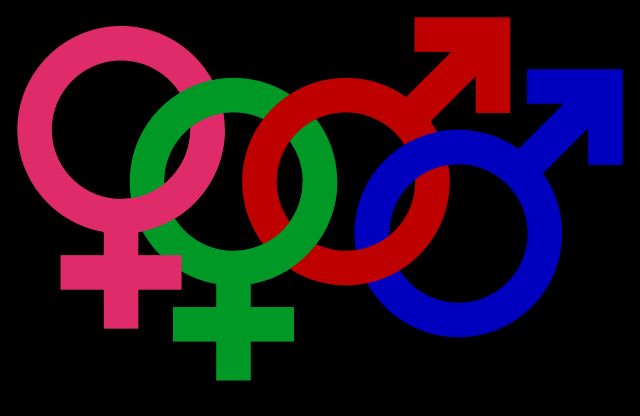
5. **Sexual Feelings, Puberty, and Gender Identity**: Puberty represents a profound biological and psychological metamorphosis, closely intertwined with the emergence of developing sexual feelings and, for certain individuals, the intensification of gender identity inquiries. Between the ages of 9 and 13, children commence experiencing sexual sensations emanating from their genitalia, a process concurrent with gonadarche. This process entails the initial secretion of sex hormones.
These early hormonal fluctuations precipitate modest physical alterations, such as the growth of pubic and armpit hair, as well as the development of the penis or breasts. Spontaneous erections and clitoral arousal also commence. Approximately two years later, a substantial upsurge in sex hormones engenders more intense sexual desire, including the onset of menstruation. These potent physiological transformations frequently introduce complexities, particularly for those questioning their gender.
For the majority, sexual attraction is heterosexual, although a minority report same – sex attraction. The vast majority of individuals with homosexual attraction are not transgender and typically have not exhibited gender – atypical behavior. For transgender individuals, homosexual feelings can occasionally serve as an affirmation of their role; a natal boy identifying as a girl might perceive attraction to boys as a confirmation. However, attraction to the opposite natal sex can give rise to confusion regarding their transgender role.

6. **Adolescence as a Crucible for Identity Questioning**: Adolescence, extending approximately from biological puberty through the teenage years, is widely recognized as a period characterized by intense self – questioning and identity formation. While public perception frequently emphasizes impulsiveness, risk – taking, and moodiness, population – based studies demonstrate that these conspicuous behaviors are characteristic of only 10 – 15% of this age group.
More pertinently, a pivotal feature is the fundamental inquiry: “Who am I?” This question encompasses all facets of a young person’s identity, including gender and sexuality. Although not all teenagers experience this intensely, significant prevalences of “identity problems” (14.3% among American high school students) and “identity distress” (similar among Flemish youth aged 14 – 30) have been identified.
The ubiquitous presence of social media over the past 10 – 15 years, with its vast array of content on gender identity, has introduced a new dimension to this adolescent self – questioning. It would come as no surprise if this exposure contributed to heightened self – inquiry and potential confusion regarding gender identity, indicating that societal factors exert a significant influence on identity formation during this critical stage.

7. **The Dramatic Shift in Transgender Referrals Post-2005**: A significant and widely – noted phenomenon in gender identity services is the dramatic alteration in referral patterns to adolescent transgender clinics since approximately 2005. This represents a pivotal turning point, resulting in a substantial, occasionally ten – fold, rise in the number of young people seeking support across the UK, Canada, the USA, and Finland.
The Gender Identity Clinic in Toronto, for instance, reported a marked increase around 2005, a trend mirrored by the Portman Clinic in London from 2009 to 2016. Tampere University Hospital in Finland also observed that the number of referrals between 2011 and 2013 far exceeded epidemiological expectations. This global pattern implies a fundamental change in the way young people with gender dysphoria present themselves.
Crucially, these recent referrals display distinct features. Previously, referrals were evenly distributed between individuals assigned male and female genders at birth. However, the surge is predominantly driven by those assigned female gender at birth. Additionally, while historical data indicated that the rates of mental health issues among referred children were similar to those in the general population, recent cohorts exhibit significantly higher rates of psychiatric disorders, including autism. These shifts highlight the evolving nature of the population seeking gender – affirming care.
The evolving landscape of gender identity in adolescence, characterized by a dramatic increase in referrals to specialized clinics, necessitates that we delve deeper into the complex factors at play. Understanding the underlying reasons for this surge, the widely – adopted medical protocols, their efficacy, potential risks, and the intricate ethical considerations surrounding consent is of utmost importance for providing comprehensive and compassionate care.

8. **The Nuance of the Surge: Hypothesized Reasons for Increased Referrals**: The dramatic shift observed in transgender referrals since 2005 necessitates a more in – depth investigation into its potential causes, as the reasons continue to be a subject of ongoing research. Clinics across the globe, including those in Toronto, London, and Tampere, have observed a substantial increase, particularly among individuals assigned female gender at birth. This demographic shift is accompanied by elevated rates of psychiatric disorders.
One hypothesis, proposed by Aitken et al., is that societal transformations have made it more convenient for gay and lesbian youth and their families to seek clinical assistance, potentially extending to transgender identities. Specifically, for natal girls, enhanced visibility and acceptance may have facilitated the adoption of a transgender identity if they found themselves attracted to girls during puberty. Another significant possibility suggests that teenagers grappling with mental health issues might be influenced by social media to question their gender identity for the first time, perceiving gender transition as a solution to their predicaments, especially if they had exhibited “tomboyish” behaviors. While these hypotheses offer potential explanations, the exact reasons remain elusive, highlighting the necessity for further research into these evolving patterns of presentation.

9. **The Pioneering Amsterdam Protocol for Assessment and Management**: Navigating the intricacies of gender dysphoria in young individuals requires a well – structured and all – encompassing approach to assessment and management. Over the past three decades, the Amsterdam group has spearheaded a widely – adopted protocol for the medical treatment of transgender children and adolescents, which has been followed in countries such as Italy, Canada, the USA, and the UK. This protocol underscores the provision of psychological support alongside prudent, multi – stage medical interventions.
The protocol commences with psychological counseling for both children and their parents, which continues throughout the entire process. Medical treatment is initiated only when there is a definitive indication and after the individual has reached Tanner stage 2 – 3 of puberty. At this point, gonadotropin – releasing hormone analogues (GnRHa) are prescribed to arrest unwanted pubertal changes. This treatment option is available to young individuals aged 12 years and above who experience intense gender dysphoria and have no significant mental health issues, and it necessitates informed consent from both the young person and their parents. For the majority who choose to proceed, cross – sex hormones are prescribed around the age of 16 or older, provided that the young person has been living in their preferred gender role, again with informed consent. Finally, at the age of 18 or older, eligible individuals can undergo gender reassignment surgery, which is customized according to their preferences. This comprehensive framework aims to harmonize physical appearance with internal identity, ensuring meticulous assessment and continuous support.
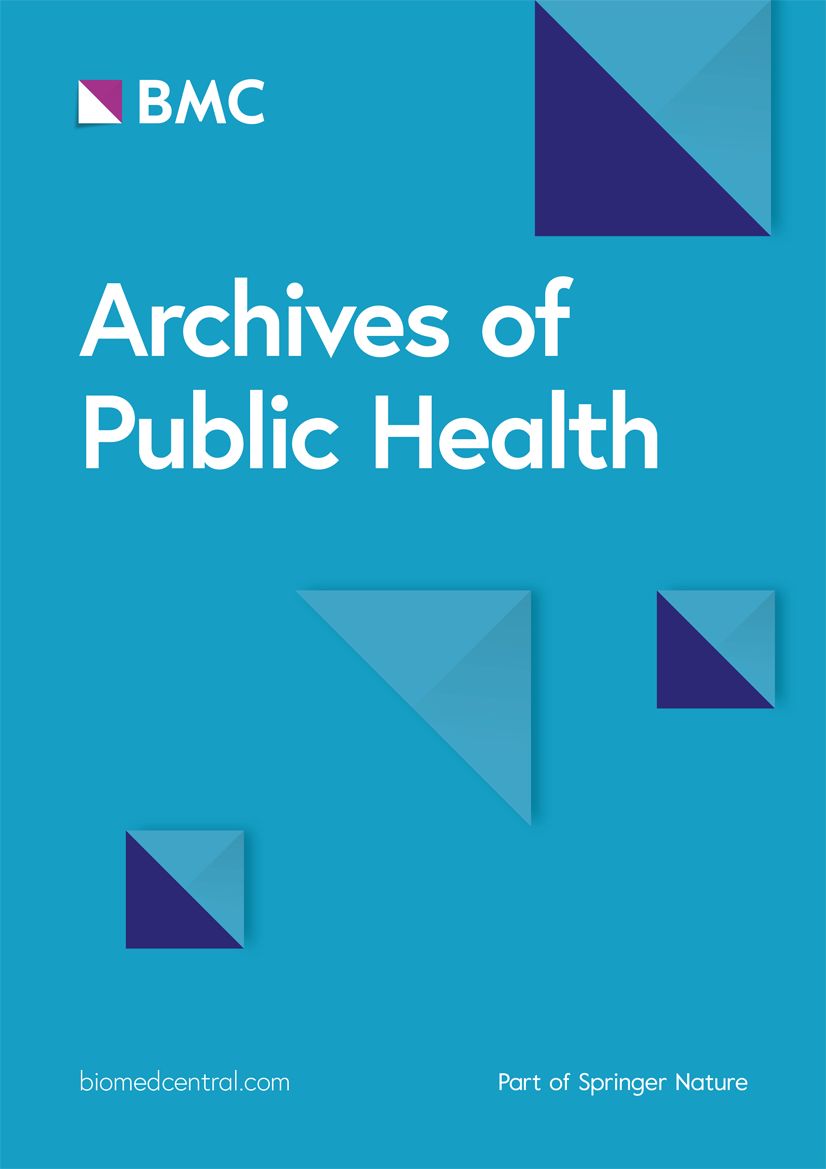
10. **Evaluating the Effectiveness of Medical Interventions**: The efficacy of medical interventions within the Amsterdam protocol constitutes a pivotal aspect in comprehending transgender care. The primary goals encompass exploring discomfort with the assigned gender, evaluating alternatives, or pursuing medical transition to alleviate dysphoria. Success is gauged by reduced dysphoria, a decreased number of mental health problems, and enhanced psychological well – being.
Given the impracticality of conducting controlled trials, evidence predominantly originates from meticulously carried – out uncontrolled studies. These studies have monitored patients who have received puberty blockers alone or subsequent cross – sex hormones and surgery, consistently demonstrating benefits. A recent study conducted by the Portman Clinic on 44 children (aged 12 – 15 years) over a two – year period reported predominantly positive outcomes associated with puberty blockers, including improved mood and relationship quality, as well as no increase in self – harm. Only a very small proportion (ranging from 1.4% to 3.5%) changed their minds after taking blockers. Published research consistently shows that the majority of individuals benefit from these interventions, experiencing enhanced psychological well – being and an absence of significant harm. Adults who have undergone transition report “fewer psychological problems and interpersonal difficulties, as well as a significantly increased life satisfaction.”
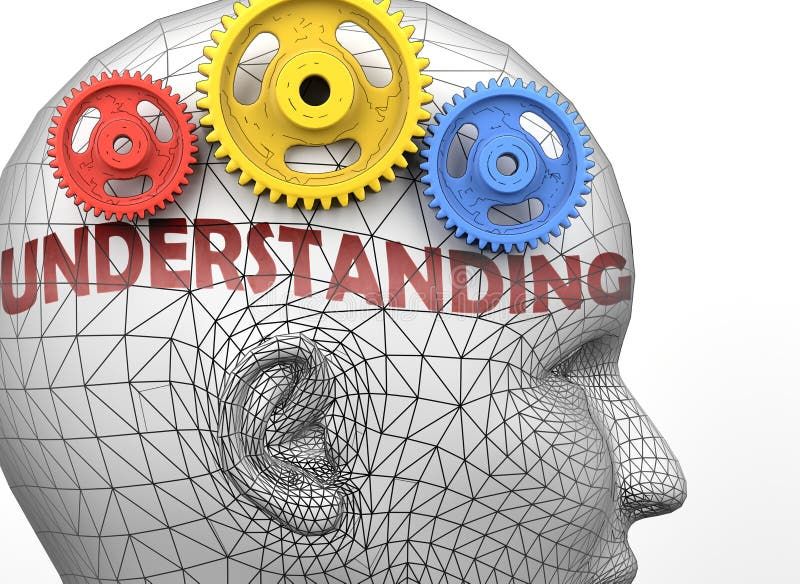
11. **Understanding Potential Adverse Effects of Medical Interventions**: While the benefits of medical interventions for gender dysphoria are conspicuous, it is imperative to acknowledge potential adverse effects. Puberty blockers are generally deemed reversible, albeit not universally so, and have been linked to seemingly reversible stunting effects on height velocity and bone maturation. Clinical caution regarding possible irreversibility is a standard practice for numerous routine interventions and does not preclude their indicated use.
One indisputable consequence is that individuals do not undergo a “normal” adolescence in the absence of blockers; however, the majority of transgender young people do not express regret over this, as it prevents the development of abhorrent secondary sex characteristics. Cross – sex hormones, which are initiated around the age of 16, entail a risk of metabolic abnormality in approximately 15% of cases. The full implications of this finding remain ambiguous, and it does not currently serve as a contraindication to their use. Nevertheless, further research into these potential metabolic abnormalities is indispensable for a comprehensive understanding of the long – term health consequences.

12. **The Complexities Surrounding Informed Consent in Young Individuals**: The capacity of young individuals to grant informed consent for medical procedures with far – reaching implications, such as puberty blockers and cross – sex hormones, constitutes a topic of considerable legal and ethical debate. In the UK, 16 years of age is presumed to be the threshold for informed consent. For those younger, the Gillick principle is applicable: parental rights cease if a child attains “sufficient understanding and intelligence to […] fully comprehend what is proposed.”
The application of the Gillick principle to gender – affirming care has been a matter of contention. In December 2020, a judicial review initially ruled that under – 16s lacked the capacity for informed consent to puberty blockers, even mandating court authorization. However, this ruling was overturned on appeal, with the initial judgment being deemed an improper restriction and the requirement for court application being removed. Despite the legal clarity achieved, a systematic psychological investigation into young people’s decision – making capacity in this domain is of great urgency. While evidence exists regarding adolescents’ understanding of general medical procedures, specific data on their comprehension of the unique implications of gender – affirming hormonal interventions, particularly when compared to older individuals, is urgently required to inform consent processes.



